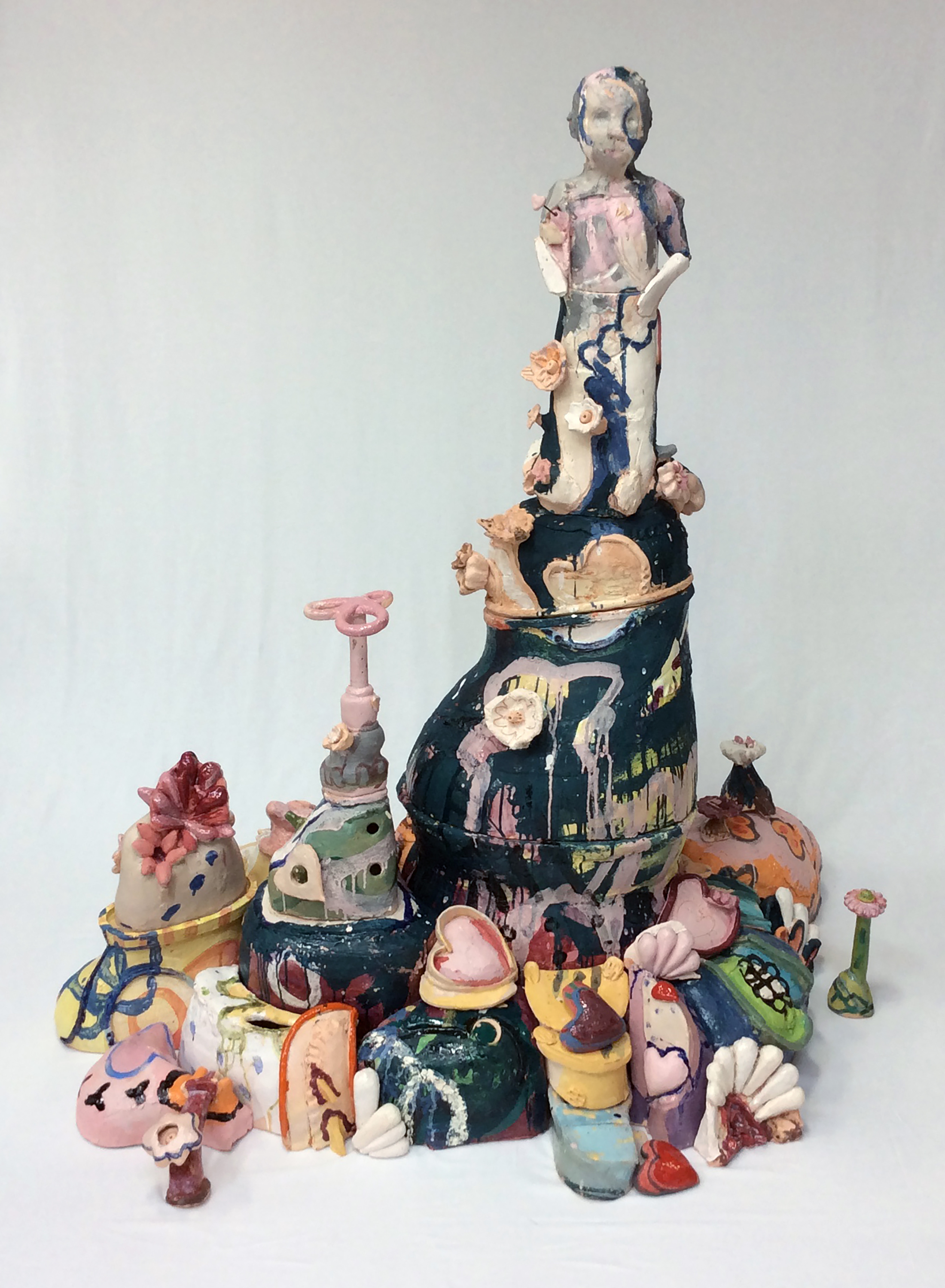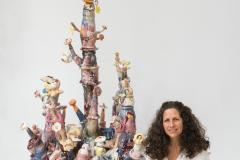 Most artists will tell you they started creating when they were very young, influenced by school projects, craft materials found in their houses, and the artwork that surrounded them. I was not different. However, I didn’t realize until I pursued art in formal academic settings that the influences woven through my artwork were very different from what my professors and peers were accustomed to. My work was "too busy," had "too many colors and patterns," and did not align with contemporary Western craft’s definition of refinement. Of course, this was 30 years ago; I like to believe that aesthetic biases against this type of work have lessened.
Most artists will tell you they started creating when they were very young, influenced by school projects, craft materials found in their houses, and the artwork that surrounded them. I was not different. However, I didn’t realize until I pursued art in formal academic settings that the influences woven through my artwork were very different from what my professors and peers were accustomed to. My work was "too busy," had "too many colors and patterns," and did not align with contemporary Western craft’s definition of refinement. Of course, this was 30 years ago; I like to believe that aesthetic biases against this type of work have lessened.
During my time as an art student in the 1990s, professors were supportive and seemed confident in my potential, but we simply couldn’t connect on what my work was supposed to look like. I tried to pare down the colors. I tried to simplify. Nothing hit their mark – or at least satisfied many offering critiques and advice. About two months into my MFA degree program, my committee and I were talking, and, for some reason, I brought up my Mexican heritage and where I was from – Tucson, AZ. Everything changed. From then on, my professors didn’t try to change my art and style; they recognized my work as being a product of a culture and environment that, unfortunately, often reside outside the mainstream of contemporary art. I am still grateful to those professors today for being cognizant of their biases and presumptions and for validating my differences. I learned a great deal, not only about how my background shaped me but also about how it wasn’t very familiar to many in the higher echelons of fine art.
Mexican Folk Art and Shrines: Presence and Influence


